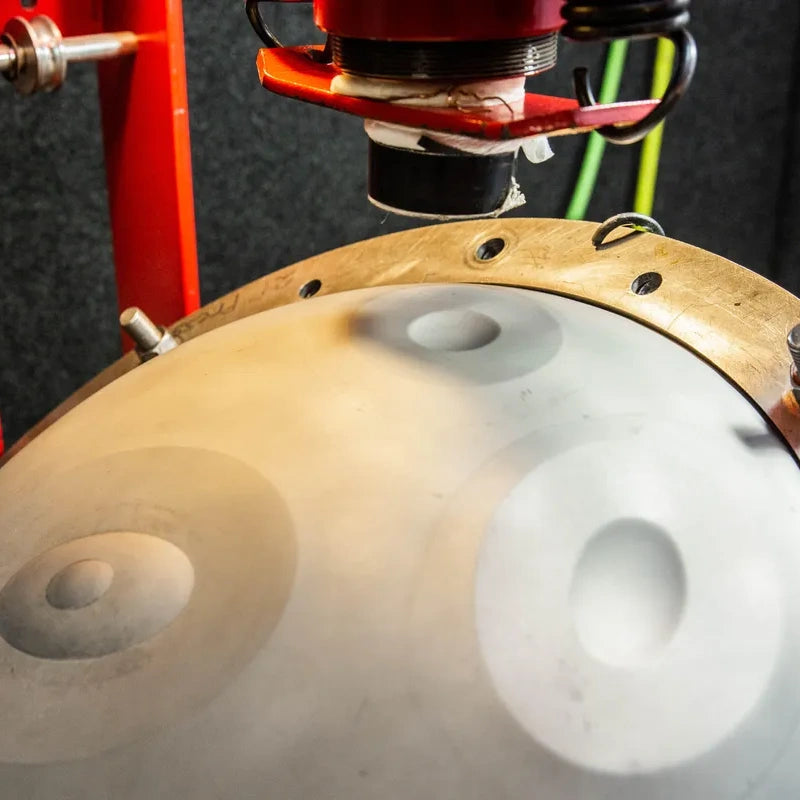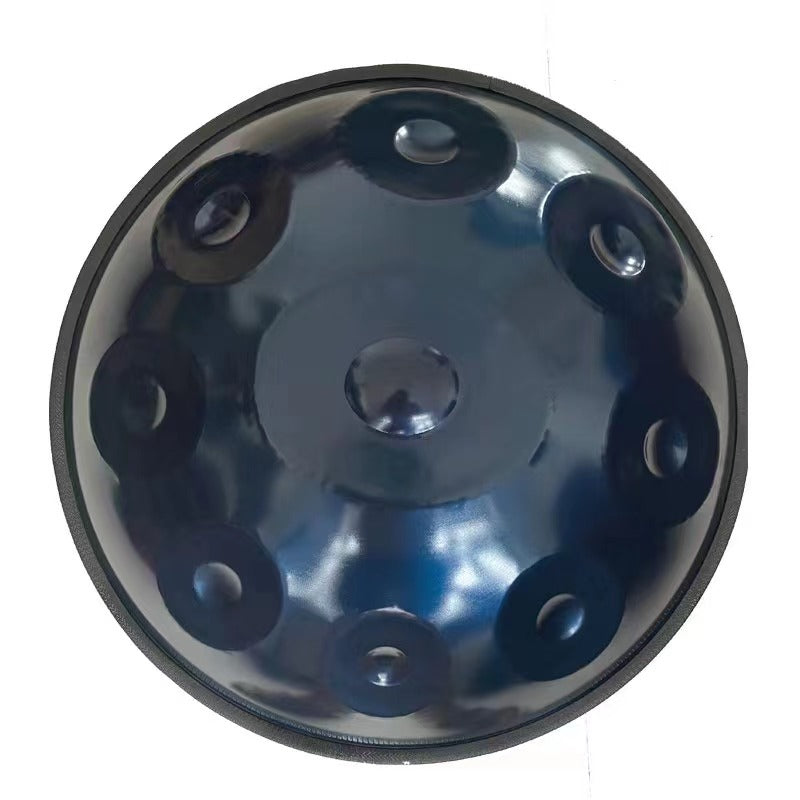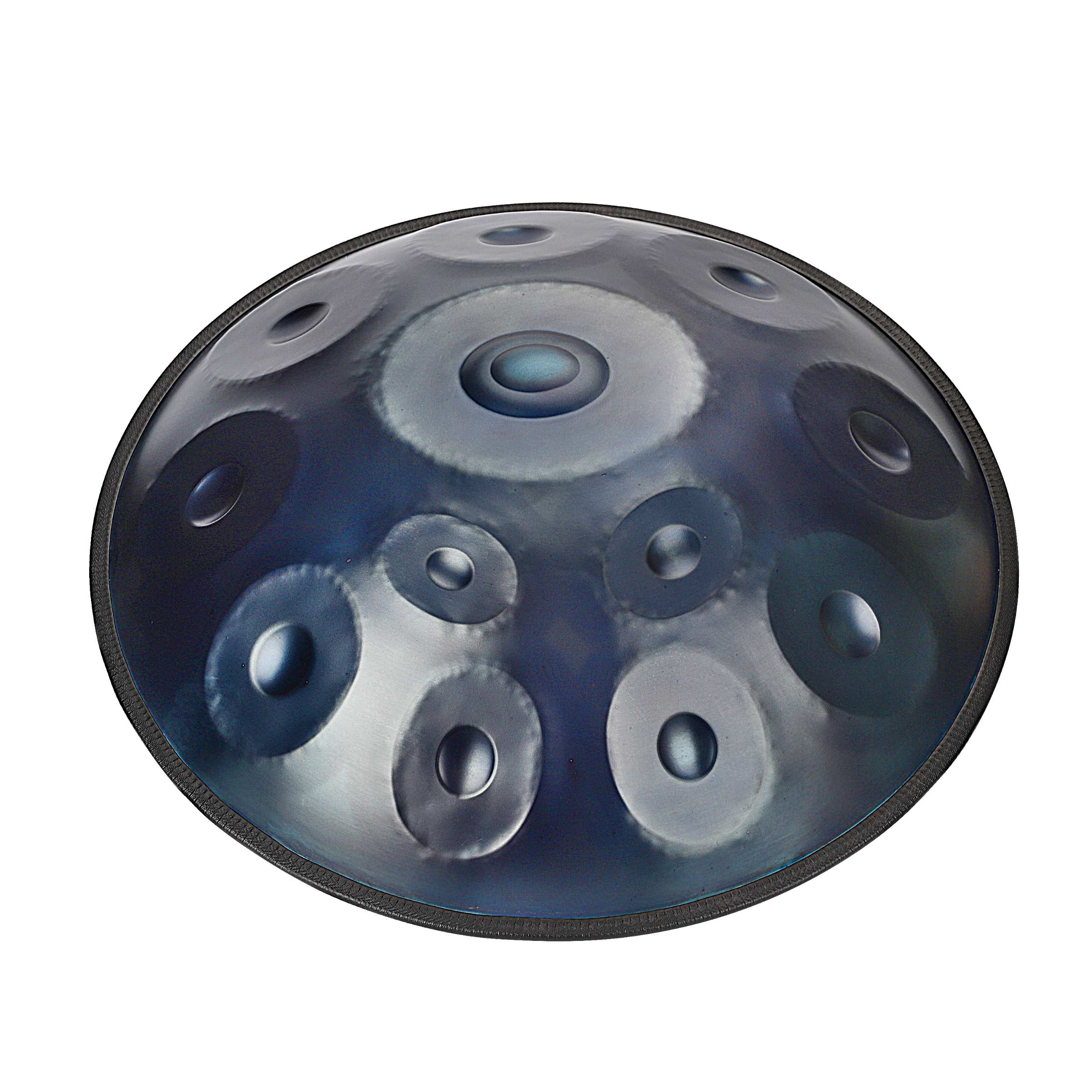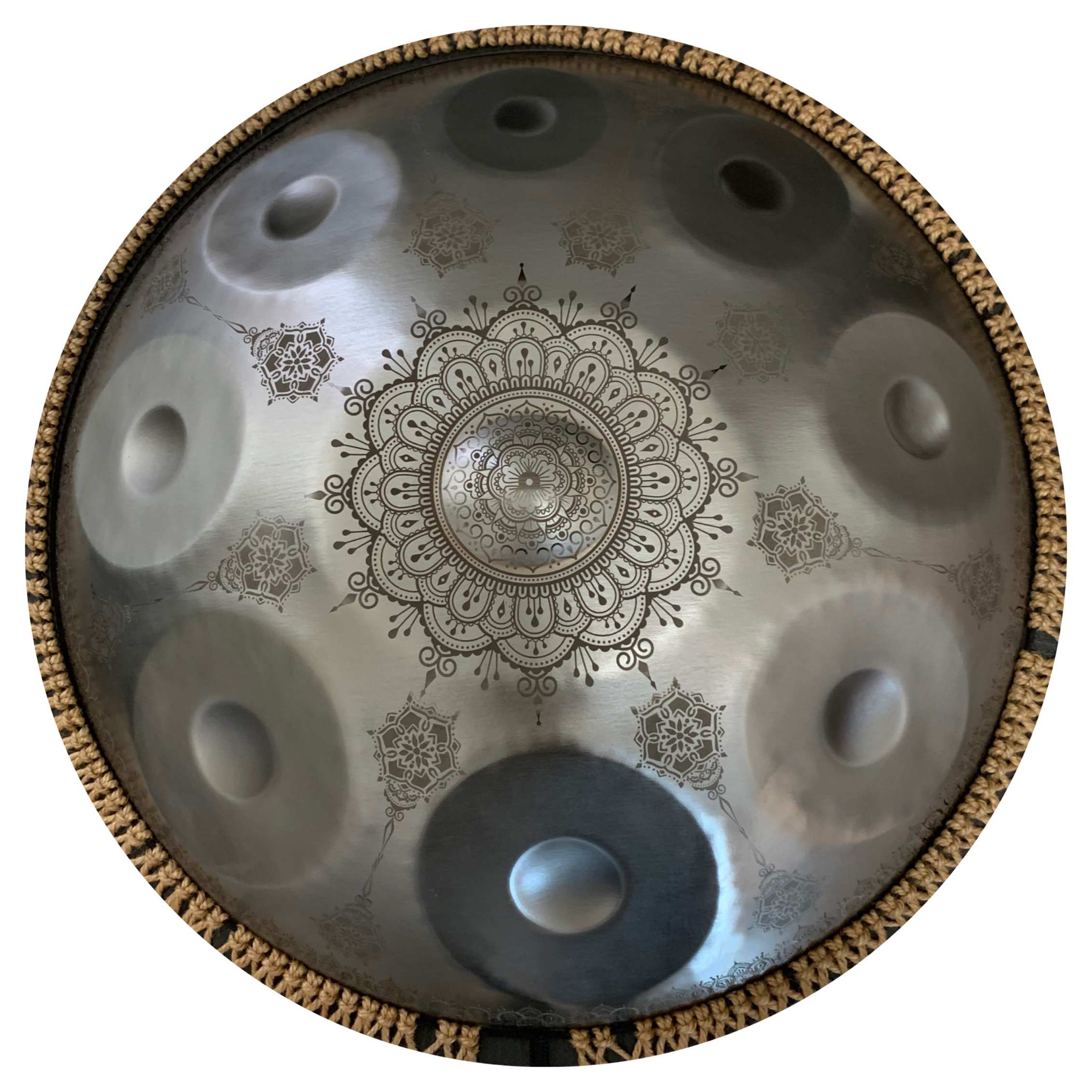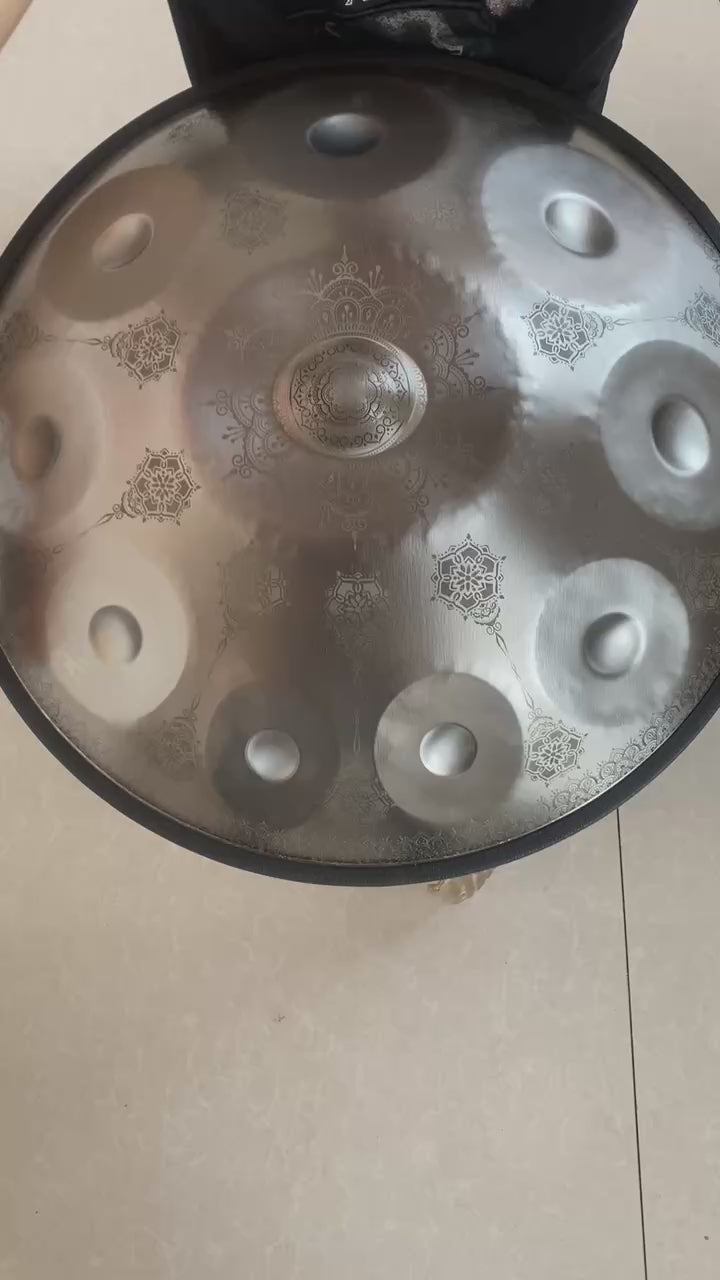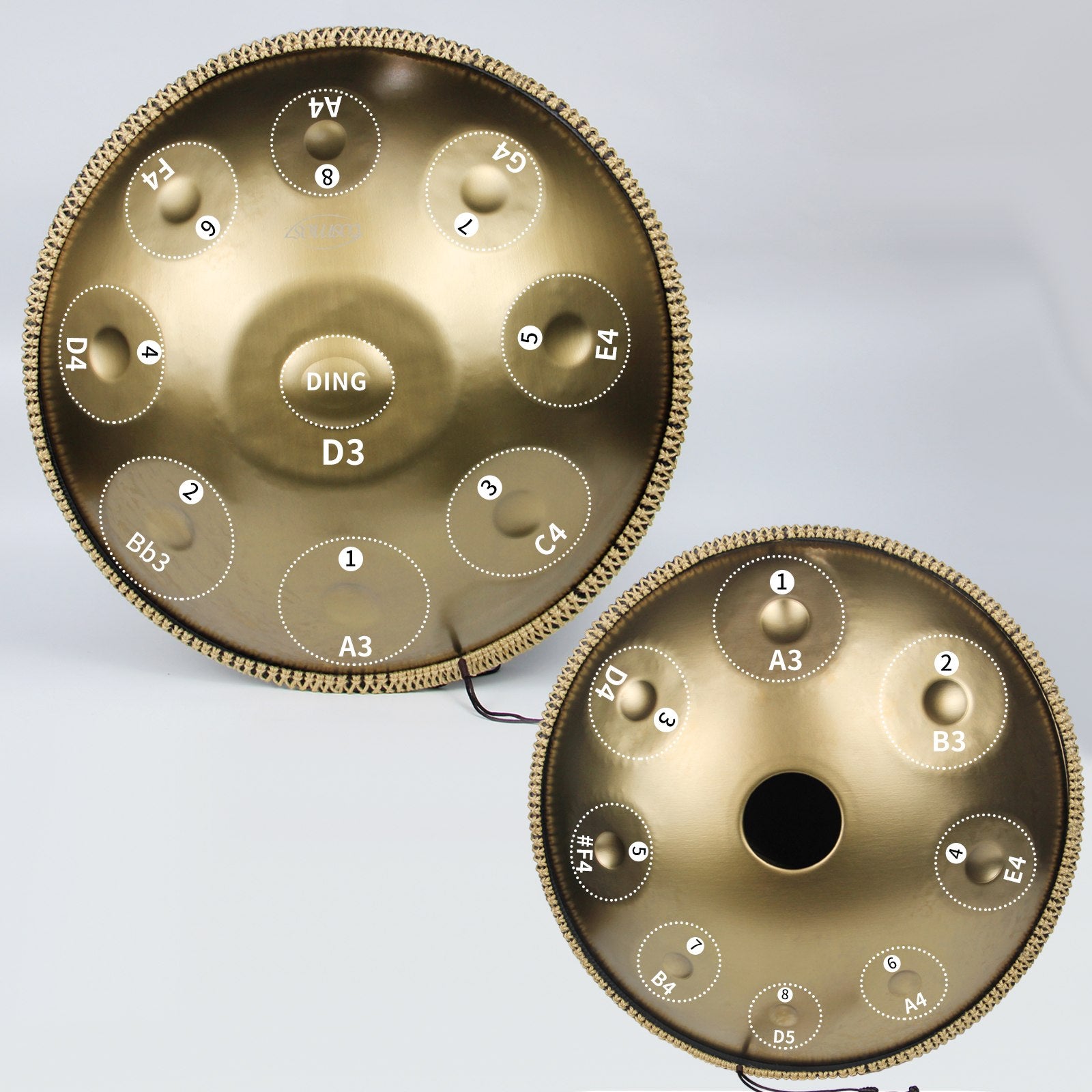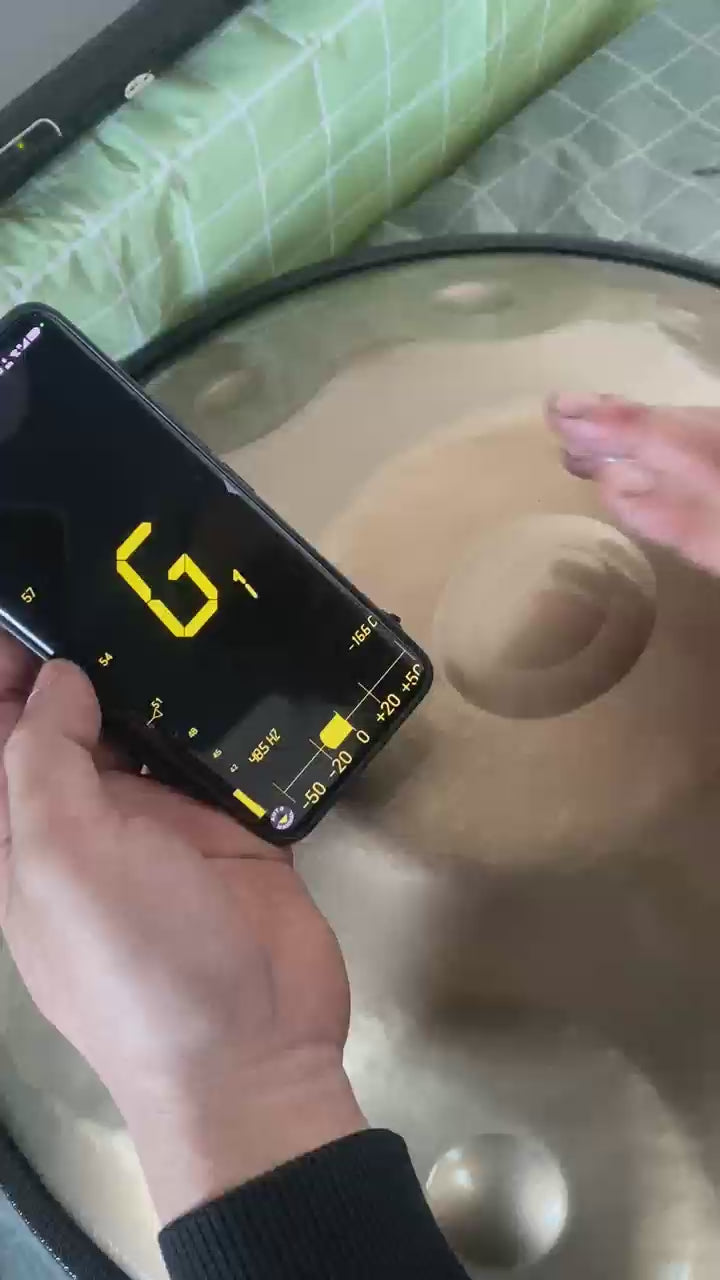With so many various handpans on sale, you might wonder how to choose the right one. Choose a handpan based on quality, scales, and materials.

After years of watching, listening, and perhaps obsessing over the handpan, you’ve decided to take the plunge and get one for yourself! But where do you begin? You will find a huge variety of handpans. Which type of steel? What amount should I spend?
The easiest method to make a decision is to play and listen to numerous handpans. Each instrument is slightly distinctive and has its own personality.
If you’re feeling confused and overwhelmed, this post is for you. Here, we will lead you through simple steps to ensure you get the handpan you’re searching for. If you want to do some preliminary research or learn more about handpans, you’ll find plenty of material below.
Root Notes and Scales
The scale defines the atmosphere of the sound. And the atmosphere is really diversified. There are numerous scales: joyful, dreamy, meditative, vibrant, exotic, etc.
The scale is determined by combining the many tones that can be produced with your handpan. Choosing a handpan begins with selecting the correct note. This can vary from F2 (a very low and deep tone) to G3 (a high and dazzling tone). The different tones are already making a noticeable impact on the sound.
The handpan is adjusted to the specified root tone. The ultimate scale is determined by the method used to build the tuning. These can be classified as minor, major, Eastern, and African. There are additional possibilities within each of these categories.
Note that the cheapest handpans typically lack the tuning that most people prefer and have a restricted number of tone fields. The sound of a D-minor handpan with nine-tone fields is most commonly regarded as attractive.
Quality
Several aspects influence the quality of a handpan. The material used and the tuning of the individual note fields are both crucial aspects of quality. Manufacturing an excellent handpan takes a long time. Typically, the number of hours the builder spent on the handpan correlates to quality. If an experienced and talented manufacturer creates a handpan with love and the greatest possible materials, you will have a masterpiece.
Quality handpan builders produce the most consistent results. The quality of a handpan might vary substantially when built by someone less experienced or skilled. Regardless of quality, each handpan has a distinct character, as each hammer blow while tuning modifies the handpan somewhat.
Tuning
A handpan is composed of note fields, each with its own pitch. For those interested, a note field consists of a fundamental tone and two overtones (harmonics) in the ratio 1:2:3. The two overtones are known as octave and fifth (or minor third).
The best handpans feature note fields that are well separated from one another. This is ensured by using empty gaps. As a result, playing one note field will not trigger another. This results in an undesirable interchange of both fields, known as “crosstalk.” What distinguishes a handpan is that when you strike a note field, the entire handpan echoes, but each field has its individual sound.
In addition to the unintentional interchange of two-note fields, we also have purposeful interchange. In that situation, multiple notes have the same frequency. So, you can play one note while simultaneously activating another note. The combination of the two notes might sound rather pleasant.
This explains why there is a technical limit to the number of note fields on a handpan. As a result, some manufacturers purposely do not produce handpans with more than nine or ten note fields. Although one or two extra note fields could have been added, the handpan’s tone rarely improves.
Furthermore, with a low-tuned ding, the tonal surface is significantly greater than with a higher-tuned ding. That is why, at a B2 on a 53 cm handpan, only eight fields can be placed adjacent to the ding. In contrast, eleven tonal planes fit well adjacent to an E2.
Types of Metal Used
The type of metal used to craft a handpan significantly affects its sound, making it an important factor in your choice. Here’s a breakdown of the different metals used and their unique characteristics:
Stainless Steel Handpans
Stainless steel is highly durable due to its resistance to rust and robust nature. It produces a bright timbre with longer reverberation, resulting in a sparkling sound. This makes it ideal for creating a calming atmosphere and playing slow-paced music.
Ember Steel Handpans
Ember steel, specially developed for handpans, is a variant of stainless steel with a unique chemical and mechanical composition. It offers a combination of longer reverb and enhanced bass, making it suitable for both slow atmospheric and medium-tempo rhythmic playing. However, ember steel reacts quickly to fingers, dirt, and moisture, potentially causing stains. These stains are purely cosmetic and do not affect the handpan’s durability or sound. Over time, ember steel handpans will develop a slight patina, which some players may appreciate while others may not.
Nitrated Steel Handpans
Nitrated steel undergoes special treatment, resulting in a sound that leans more toward the bass segment. This produces a deep, grounded sound with medium reverberation, sufficient for slow-paced music but not overly intrusive. Nitrated steel handpans are versatile and suitable for various playing styles, making them a great choice for all-around players.
Blue Steel or Raw Steel Handpans
Blue steel is the least-treated type of metal used for handpans. After fabrication, the handpan is heated, creating a distinctive blue color with a beautiful glow. Blue steel produces a slightly more percussive sound with short to medium reverberation, suitable for fast, rhythmic playing. However, it can also accommodate slow-paced music due to its higher pitch range. The sound is described as honest and organic, making it a good fit for all-round players.
Number of Notes
Nowadays, the number of note fields, commonly known as pads, ranges from eight to twenty.
Eight pads are no longer prevalent. The earliest Hang® had eight note fields, but technical possibilities expanded, and instruments became slightly larger. That is why you usually see nine or more pads.
Handpan With 9 Notes Or Less
The finest option for novices - You’re just learning to play the instrument, so don’t make it too difficult. It is important to remember that starting with ten or more handpan notes is not a bad idea. However, knowing the nine notes may help you improve more quickly. Don’t worry! You won’t regret this decision later. The 9-note handpan offers a wide range of options and combinations.
Handpan With Ten or More Notes
The pick for the intermediate level - You are familiar with a 9-note handpan, which is no longer a secret for you. This may be the time to broaden your musical horizons. Handpans with ten or more notes will allow you to express your creativity while also improving your previously learned technique. Having more notes on the handpan will open up more options and make it easier to discover new melodies.
Conclusion
Trust your instincts. There is no perfect solution to which handpan to start with. It is a matter of preference and the emotions you wish to feel and communicate when playing. Spend time studying videos of the various scales, make time to go into a store and try it out, and don’t be afraid to ask the salesperson for some recordings of how the handpan sounds. Choosing a handpan is a very personal decision that is entirely dependent on your vision and musical preferences. There are no bad choices once you have a high-quality handpan.

